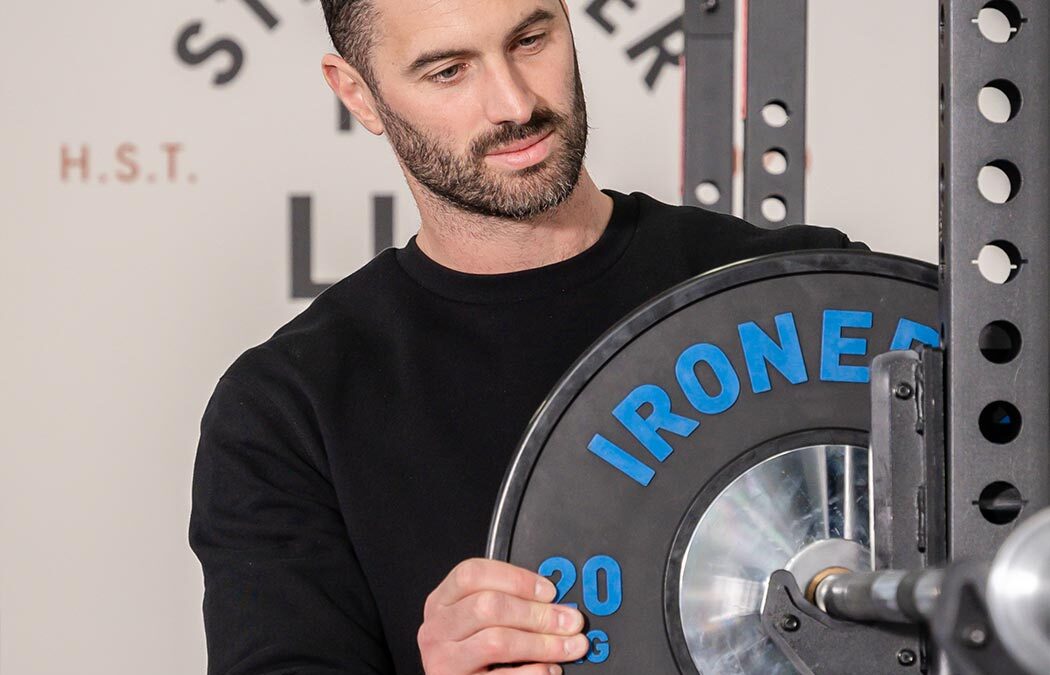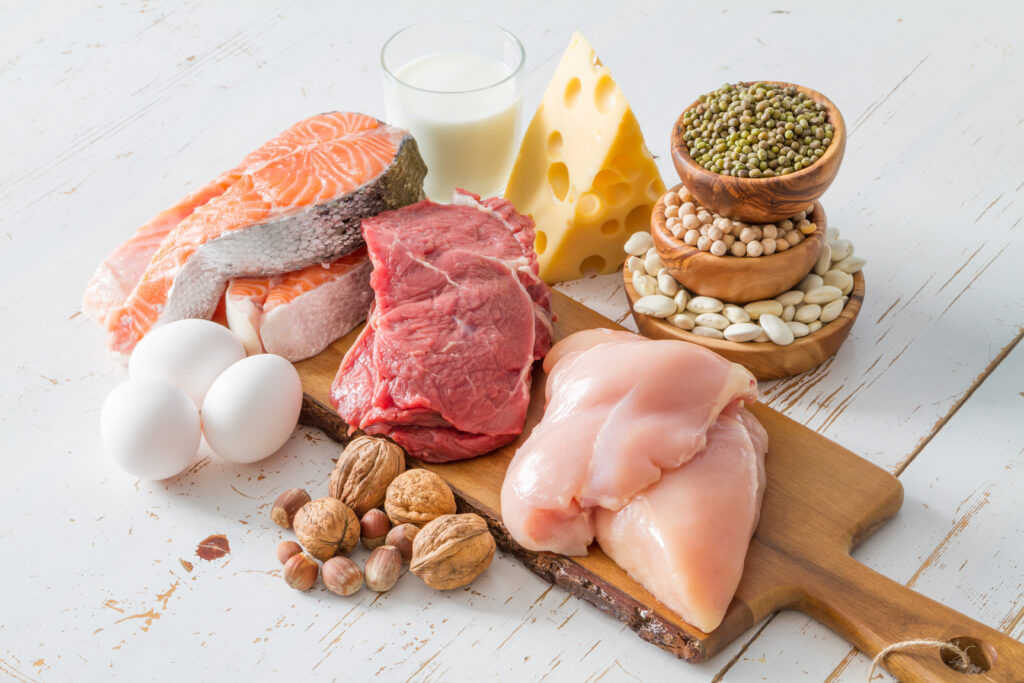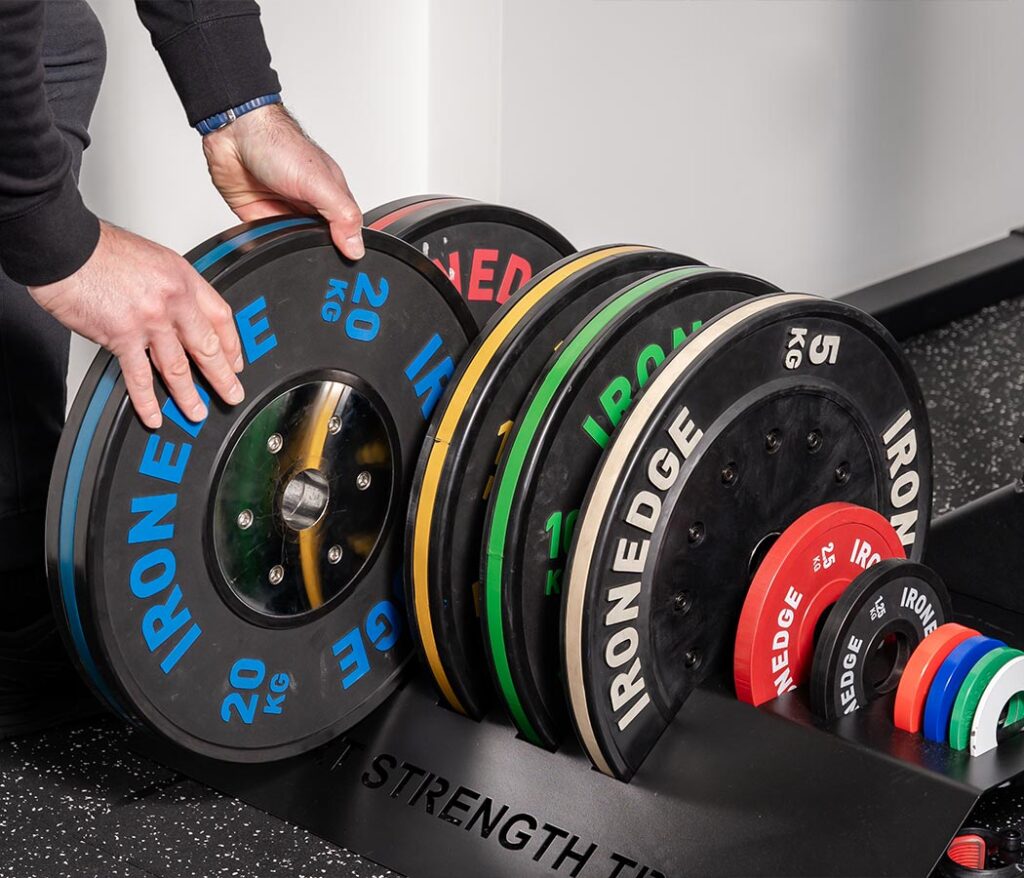Paralysis by analysis – it’s a feeling many people share when they want to improve their health but don’t know where to start. Maybe you can relate. As we age, new health challenges appear. With both information and misinformation spreading online and by word of mouth, you can easily feel overwhelmed when trying to get healthier. Today, we’ll share our top priorities and one actionable step you can take right away to start building healthy habits for the long term.
Steps
A recent Systematic Review (August 2025) analysed 57 studies and found that walking up to about 7000 steps per day was linked to a lower risk of death, cardiovascular and metabolic disease, several cancers, falls, and depression ¹. The evidence was moderate for most outcomes but weaker for physical function and falls. This finding is interesting and may simply reflect that people who already walk more are less prone to falls and poor physical health. Although researchers still need more data, it remains a safe recommendation to aim for more daily steps.
Action step: Track your current daily steps and aim to increase them by about 1,000 per day over the next week. A walking pace of about 100 steps per minute represents moderate to vigorous intensity for most adults aged 21 – 40 ². You may not start that fast, but aiming for a brisk 15 – 20 minute walk each day even in shorter bouts, is a great place to begin.
Protein & Calcium
Both protein and calcium play essential roles in maintaining bone health throughout life. Around 99% of the body’s calcium stays in the bones, serving as a reserve that supports blood, muscle, and nerve function when dietary intake drops. When calcium intake stays low, the body draws on this “calcium bank,” gradually weakening bone tissue and increasing the risk of osteoporosis. Protein is equally important. It provides the structural matrix where calcium and other minerals build bone and helps preserve muscle mass that protects against falls. Research, including analyses published in The Lancet Diabetes & Endocrinology, shows that calcium and protein rich foods such as dairy support bone health across diverse populations ³. These foods remain a practical way to meet daily calcium and protein needs.
Action step: Aim to meet a minimum protein intake of 1.2 g per kilogram of body weight. If you weigh 75 kg, that equals about 90 g per day. Dairy foods are fantastic sources of both protein and calcium. One serving (250 ml) of The Complete Dairy Light Milk High Protein contains 15 g of protein. A single serve (~200 g) of Farmers Union Greek Style Natural Yoghurt provides about 9g. Importantly, experts recommend increasing dairy intake with age up to about four servings a day. This means two serves a day, as shown above, provide half your daily dairy intake and nearly one-third of your protein needs ⁴, ⁵. These foods also boost your calcium intake.
Push the pace periodically
Time is valuable, and there are no shortcuts to being fit. But if you’re willing or able to increase the intensity, you can save time. A Narrative Review on High-Intensity Interval Training (HIIT) defined it as short bursts of activity performed at ≥90% of running speed or >75% of maximal power output, targeting ≥90% of VO₂max. The review found that HIIT improved cardiovascular health, metabolic outcomes, mental health, and quality of life. In one study, researchers tested aquatic HIIT in inactive adults over six weeks, with sessions held three times per week. Each session included a warm-up and cool-down, followed by 12 x 30-second breaststroke intervals at about 95% of maximum heart rate (RPE 15–18/20), with 60 seconds of rest between bouts. This totalled about 17 minutes of work. The HIIT protocol improved aerobic fitness and endothelial function and, importantly, proved achievable for adults who were previously inactive ⁶.
Action step: Once you’re comfortable with your current routine, find a way to up the intensity. HIIT should feel hard. Effort should be the limiter, not skill. Running, rowing, cycling, swimming, or sled pushes are all great options. Start with 5 rounds of 20 seconds on and 1 minute 40 seconds off. Aim to add one extra round every 3 – 4 weeks. You can also track progress by improving your power output (wattage), distance, split times, or how quickly your heart rate recovers between rounds.
Increase your fibre intake
In a large prospective cohort of US adults, higher dietary fibre intake was linked to a lower risk of death from all causes, cardiovascular disease, and cancer. This association held true for total, soluble, and insoluble fibre, and was consistent between men and women. The target intake across studies was around 30 g per day (ref). Fibre is an essential nutrient, abundant in foods such as whole grains, fruits, and vegetables. These foods not only supply fibre but also provide valuable micronutrients, carbohydrates, and, in the case of wholegrain, some protein. Unfortunately, most people fall short of these targets. In this study, average fibre intake was only 16.5 g per day which was well below global recommendations of 30g ⁷.
Action step: Aim to reach the recommended five serves of vegetables and two serves of fruit per day to boost fibre intake. Complex carbohydrates like wholegrain bread, rice, or pasta also contribute, but most people already eat enough of these. Try adding two pieces of fruit daily (about 150 g each) as snacks or pair them with protein-rich foods. For example, a banana with milk complements cereal, while berries with yoghurt make a simple, healthy dessert.
Start Lifting
Strength training is one of the most effective ways to improve long-term health, mobility, and confidence. It’s not just for athletes – it’s for anyone who wants to move well and stay independent ⁸, ⁹. Lifting weights helps build muscle, strengthen bones, and reduce the risk of injury as you age. It also supports metabolism and improves coordination, making everyday activities easier. Research shows that even two to three full-body sessions per week can improve strength, balance, and overall function ¹⁰. Start with the basics: squats, presses, rows, and deadlifts. Focus on learning consistent technique, and then gradually increase the challenge as your confidence and ability grow. Consistency is key as the real progress comes from showing up, not from perfection.
Action step: Start with two strength training sessions this week. Focus on big movements like squats, presses, and rows. Aim for 2 – 3 sets of 6 – 12 reps, using a weight that feels challenging but still allows good form. Track your progress and aim to improve gradually over time, either by adding a little weight, a rep, or an extra set. If you’re unsure how to begin, reach out to our expert team of coaches, and we’ll help you get started, today.
Start building those habits, today
Building better health doesn’t have to be complicated. By moving more, lifting regularly, eating enough protein, calcium, and fibre, and occasionally pushing your limits, you’ll create habits that support a stronger, more energetic you. Small, consistent actions matter most. Start with one change today and build from there.
References:
- https://www.thelancet.com/journals/lanpub/article/PIIS2468-2667%2825%2900164-1/fulltext
- https://pubmed.ncbi.nlm.nih.gov/30654810/
- https://www.sciencedirect.com/science/article/abs/pii/S2213858721001194
- https://www.eatforhealth.gov.au/food-essentials/how-much-do-we-need-each-day/recommended-number-serves-adults
- https://www.eatforhealth.gov.au/food-essentials/how-much-do-we-need-each-day/serve-sizes
- https://pmc.ncbi.nlm.nih.gov/articles/PMC12027975/#sec3-jcdd-12-00158
- https://pubmed.ncbi.nlm.nih.gov/35918724/
- Physical activity (who.int)
- ACSM Guidelines for Strength Training | Featured Download
- AUSactive-Exercise-Guidelines-Resistance-Exercise-Prescriptions-for-Healthy-Adults.pdf


